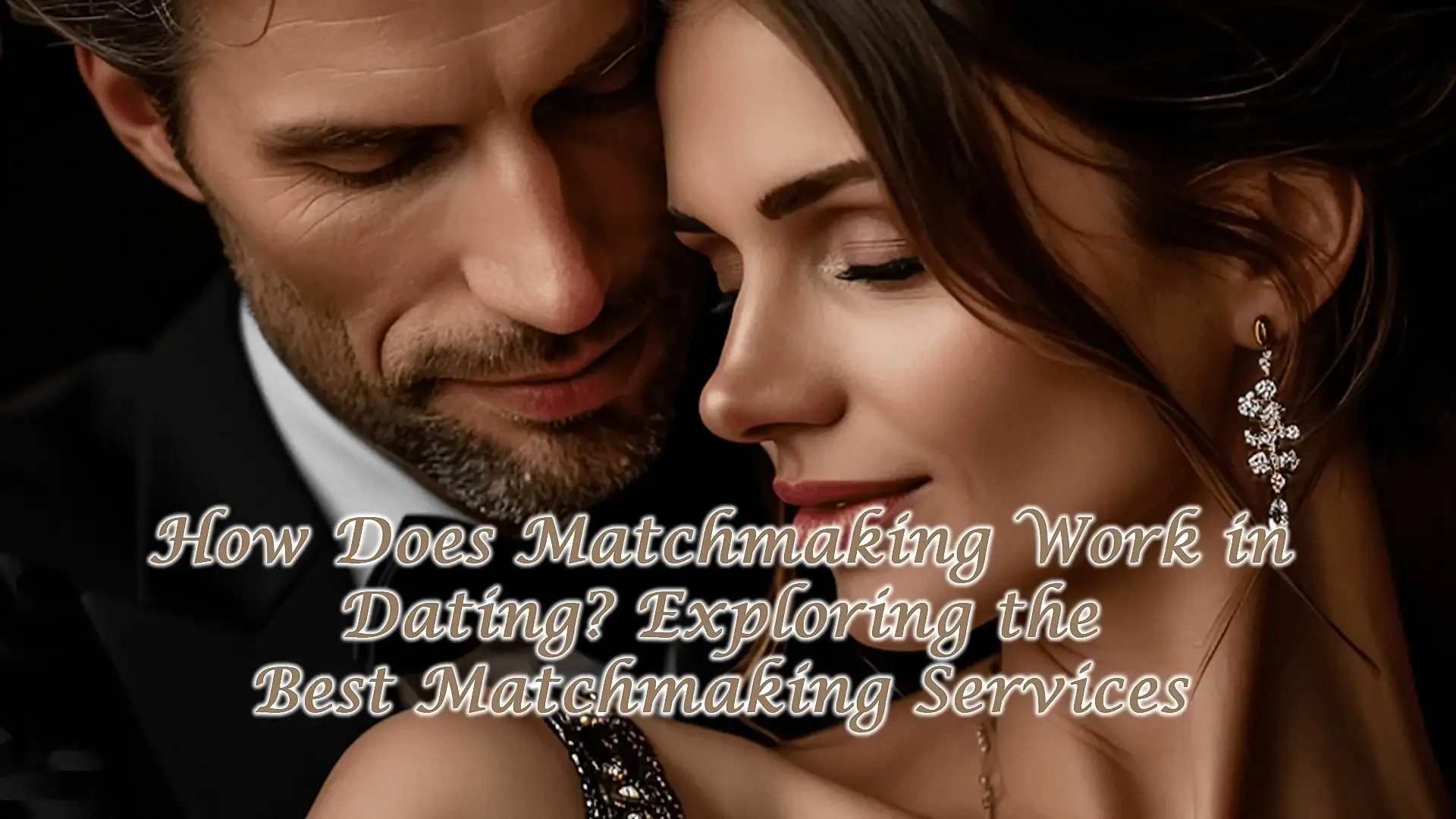Understanding Connections: How Do You Define a Relationship?
In the vast landscape of human interactions, relationships stand as the cornerstone of our emotional and social well-being. However, defining what a relationship truly is can be a nuanced & complex endeavor. How do you define a relationship, and what elements contribute to the unique tapestry of connections we weave with others?
Defining the Relationship Landscape
At its core, a relationship is an emotional or social connection between two or more individuals. These connections can take various forms, from familial bonds to friendships & romantic entanglements. While the nature of relationships is diverse, some fundamental elements remain constant.
Emotional Investment
One crucial aspect of defining a relationship is the level of emotional investment. Whether it’s the unconditional love between family members, the camaraderie among friends, or the romantic passion between partners, emotions form the bedrock of any meaningful connection.
Understanding your own emotional investment & that of others is key to defining the nature of a relationship. Open communication becomes the bridge through which these emotional landscapes are explored, allowing for a deeper understanding of the connection at hand.
Shared Experiences
Shared experiences create the tapestry that binds people together. These can be monumental events, such as celebrating achievements or navigating challenges, or simple everyday moments that foster a sense of camaraderie. The memories created through shared experiences contribute to the unique identity of a relationship.
Consider the importance of shared rituals, traditions, or even inside jokes that are exclusive to a particular relationship. These shared elements contribute to a sense of belonging and intimacy, solidifying the connection between individuals.
Mutual Respect & Trust
Respect and trust are the cornerstones of any healthy relationship. How do you define a relationship without considering the mutual respect & trust that underpin it? Respect involves acknowledging & valuing each other’s opinions, boundaries, & autonomy. Trust, on the other hand, is built over time through consistent honesty, reliability, and dependability.
The presence of respect & trust fosters a secure environment where individuals can express themselves authentically. This authenticity contributes to the depth of a relationship and allows it to evolve organically.

Navigating the Complexities
In the modern world, relationships have become increasingly diverse and complex. The advent of technology, changes in societal norms, & evolving perspectives on love & commitment have added layers of complexity to how we define & navigate relationships.
Digital Connections
Technology has redefined the landscape of relationships, introducing digital connections that transcend physical boundaries. Online friendships, long-distance romances, & virtual collaborations have become commonplace. How do you define a relationship in this digital age, where face-to-face interactions may be limited?
Understanding the dynamics of digital relationships involves recognizing the importance of communication, establishing trust, and managing expectations. While the medium may differ, the core elements of emotional investment, shared experiences, respect, & trust remain essential.
Changing Notions of Commitment
Societal norms surrounding commitment & partnership have evolved, challenging traditional definitions of relationships. Concepts such as polyamory, open relationships, and non-traditional family structures have gained acceptance, prompting individuals to explore diverse models of connection.
In this landscape, communication becomes paramount. Open & honest conversations about expectations, boundaries, & the nature of the relationship help individuals align their values and ensure that everyone involved feels heard & understood.
Self-Discovery within Relationships
As individuals evolve and undergo personal growth, relationships become dynamic spaces for self-discovery. How do you define a relationship when both individuals are continuously evolving? Embracing change, fostering open communication, & supporting each other’s personal growth are essential components of navigating the fluid nature of modern connections.
Recognizing that individuals bring their unique identities, aspirations, and challenges to a relationship allows for a more resilient and adaptable connection. The ability to grow both individually and as a unit is a hallmark of a healthy, evolving relationship.
And so
In the intricate tapestry of human connections, defining a relationship involves recognizing the dynamic interplay of emotions, shared experiences, respect, & trust. Whether it’s a familial bond, a friendship, or a romantic partnership, the essence of a relationship lies in the depth of understanding and connection between individuals.
As we navigate the complexities of the modern world, embracing digital connections, redefining notions of commitment, and allowing for self discovery within relationships become crucial. How do you define a relationship? Ultimately, it is a journey of exploration, communication, and mutual understanding a journey that continues to evolve as we, & the world around us, change.




By exploring the emotional components, the author sheds light on the nuanced and often intangible aspects that contribute to the richness of human connections.
One aspect I found particularly insightful was the discussion on evolving relationships.
Clear communication is often the key to understanding expectations and navigating the complexities of human connections.
This article provides a thought-provoking exploration of the multifaceted nature of relationships.